#Jean-Pierre Yvaral
Explore tagged Tumblr posts
Text
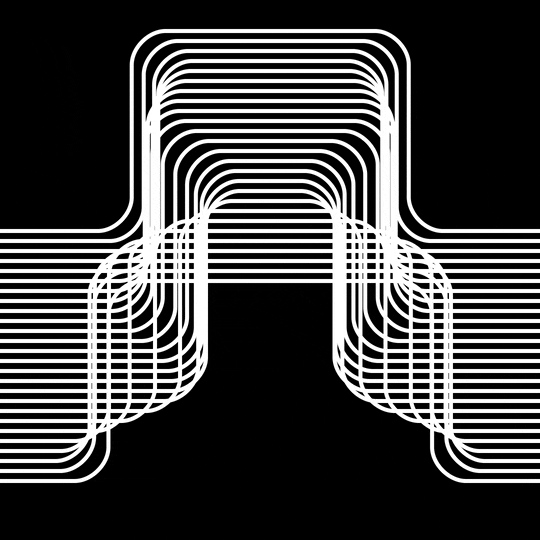
Structure in progress v2 // 300 frames // freq(0.7) 50 FPS inspired by 2ᴺᴰ generation #OpArt master Jean-Pierre Yvaral (1934-2002)
#Jean-Pierre Yvaral#op art#opart#gif art#black and white#monochrome#geometry#lines#loop#seamless#optical#illusion#visuals#structure#motion#after effects#hypnotic
100 notes
·
View notes
Text
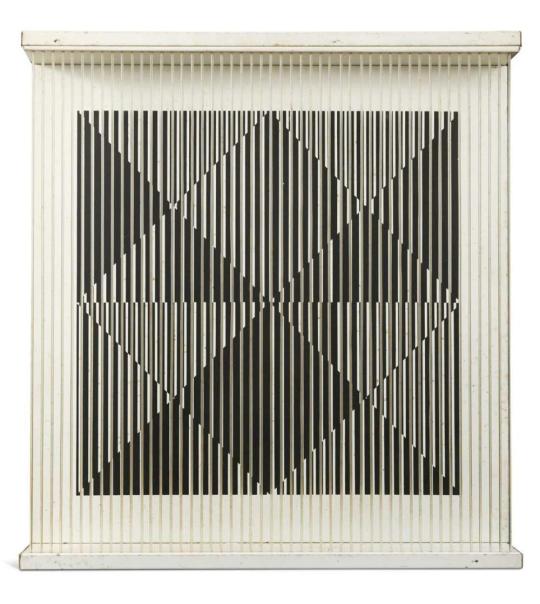
Jean-Pierre Yvaral
Yvaral (Jean-Pierre Vasarely) (19342002), Structure Accélérée C, 1970,
48 notes
·
View notes
Text
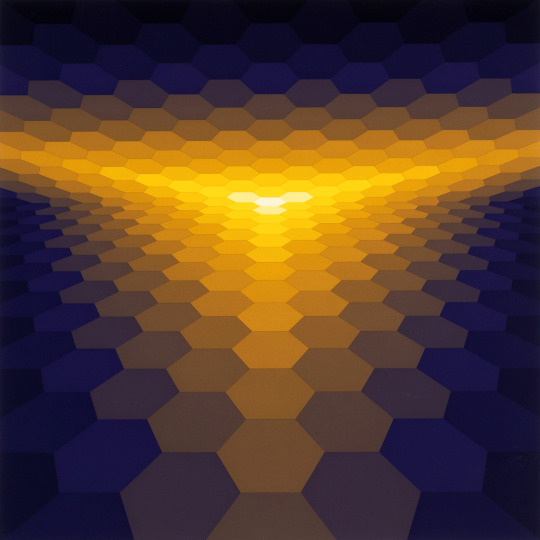
Jean-Pierre Yvaral (1934-2002) - Structure Horizontale, 1976.
28 notes
·
View notes
Text

Jean-Pierre Yvaral - Dalí digitalisé. 1977
8 notes
·
View notes
Text
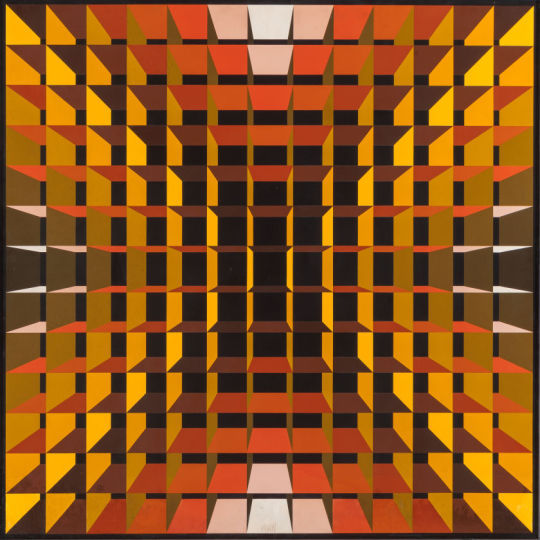
Jean-Pierre Yvaral / Structure Ambigüe Cristal, 1971
27 notes
·
View notes
Photo

Ambiguous Structure No.92, Jean-Pierre Yvaral, 1969
213 notes
·
View notes
Photo
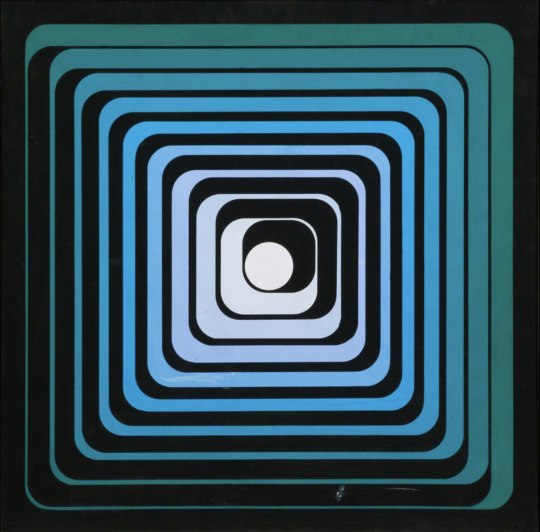
Yvaral, Progression Polychrome, 1970, Acrylic on composition board, 88.3 x 88.3 cm.
#yvaral#jean-pierre yvaral#jean-pierre vasarely#art#abstract art#op art#blue#black#1970s art#french art
398 notes
·
View notes
Text
Liliane et Bruno Allart exposent au Joa Casino d'Argelès-sur-Mer
Liliane et Bruno Allart exposent au Joa Casino d’Argelès-sur-Mer
Deux artistes argelésiens, Liliane et Bruno Allart, ancien proche collaborateur de maître Victor Vasarely et de son fils Jean-Pierre Yvaral, signent une exposition permanente de juillet à septembre dans le nouvel espace du restaurant Joa Casino d’Argelès-sur-Mer. « Op Art » et « Digit-Art » l’œuvre de Liliane et Bruno entre l’ombre et la lumière, conjuguent juste dans un équilibre parfait, les…

View On WordPress
#2021#Argelès-sur-Mer#Bruno ALLART#Jean-Pierre Yvaral#JoA Casino#Le Journal Catalan#Liliane Allart#Pyrénées-Orientales
0 notes
Photo

Jean-Pierre Vasarely “Yvaral” (1934-2002)—Double Six [screenprint on paperboard, 1972]
265 notes
·
View notes
Photo









STICKY KRIETURES
Free Sticker Sheets by B1
[Jean-Pierre Yvaral]

0 notes
Text
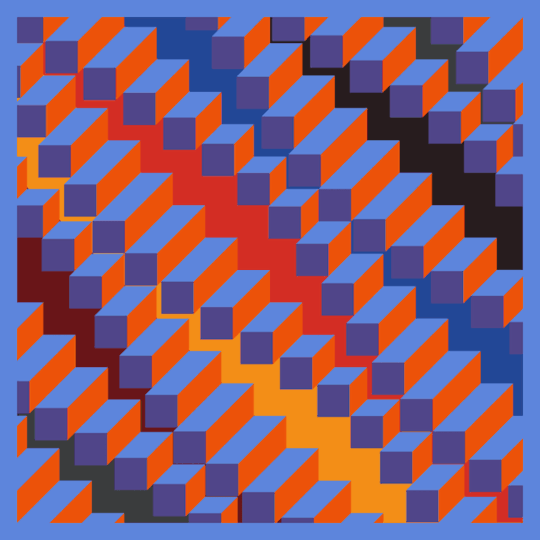
Elongated Flat Cube Waves // 100 frames \\ 50FPS study of Jean-Pierre Yvaral op art works, second exploration first iteration
#op art#opart#Jean-Pierre Yvaral#Yvaral#geometry#loop#visuals#animation#motion#illusion#2d#3d#waves#sine wave#50fps#gif art#moodboard#70s#60s#sixties#pattern#seventies#retro#vintage
79 notes
·
View notes
Text

Jean-Pierre Yvaral
YVARAL JEAN-PIERRE VASARELY (FRENCH 1934-2002) "MONA LISA SYNTHETISEE"
38 notes
·
View notes
Photo

Jean-Pierre Yvaral / Interference F, 1967
#Jean-Pierre Yvaral#Yvaral#art#abstract#abstract art#op art#optical art#geometric#geometric abstraction#french art#monochrome#contemporary#contemporary art#1967
18 notes
·
View notes
Photo







Appartement d'Yvaral (Jean-Pierre Vasarely) Décoration: Michèle Yvaral Photos: Plaisir de la Maison - 1972
3 notes
·
View notes
Photo

Jean-Pierre Yvaral, Horizon and Star (two works), 1975, Screenprints in colors on paper, 63.8 x 59.1 cm.
49 notes
·
View notes
Photo

Yvaral/Jean-Pierre Vasarely (Fr. 1934–2002) Progressive Polychrome (1970) Acrylic on canvas (200 x 201 cm)
78 notes
·
View notes